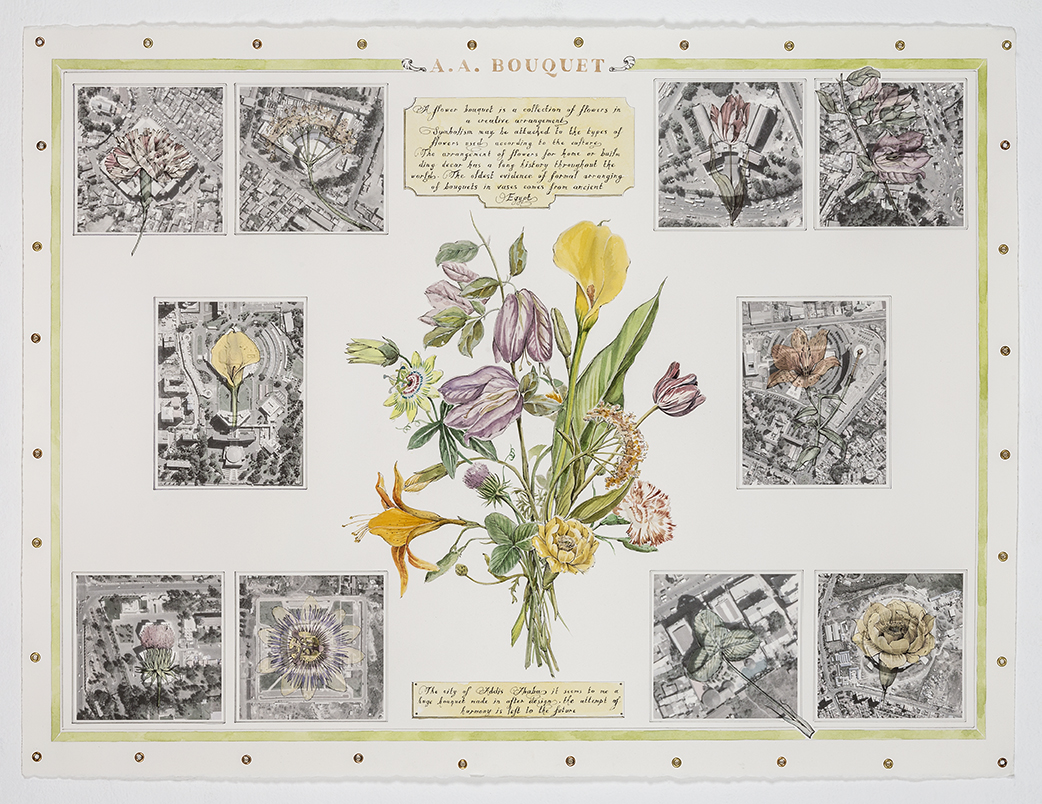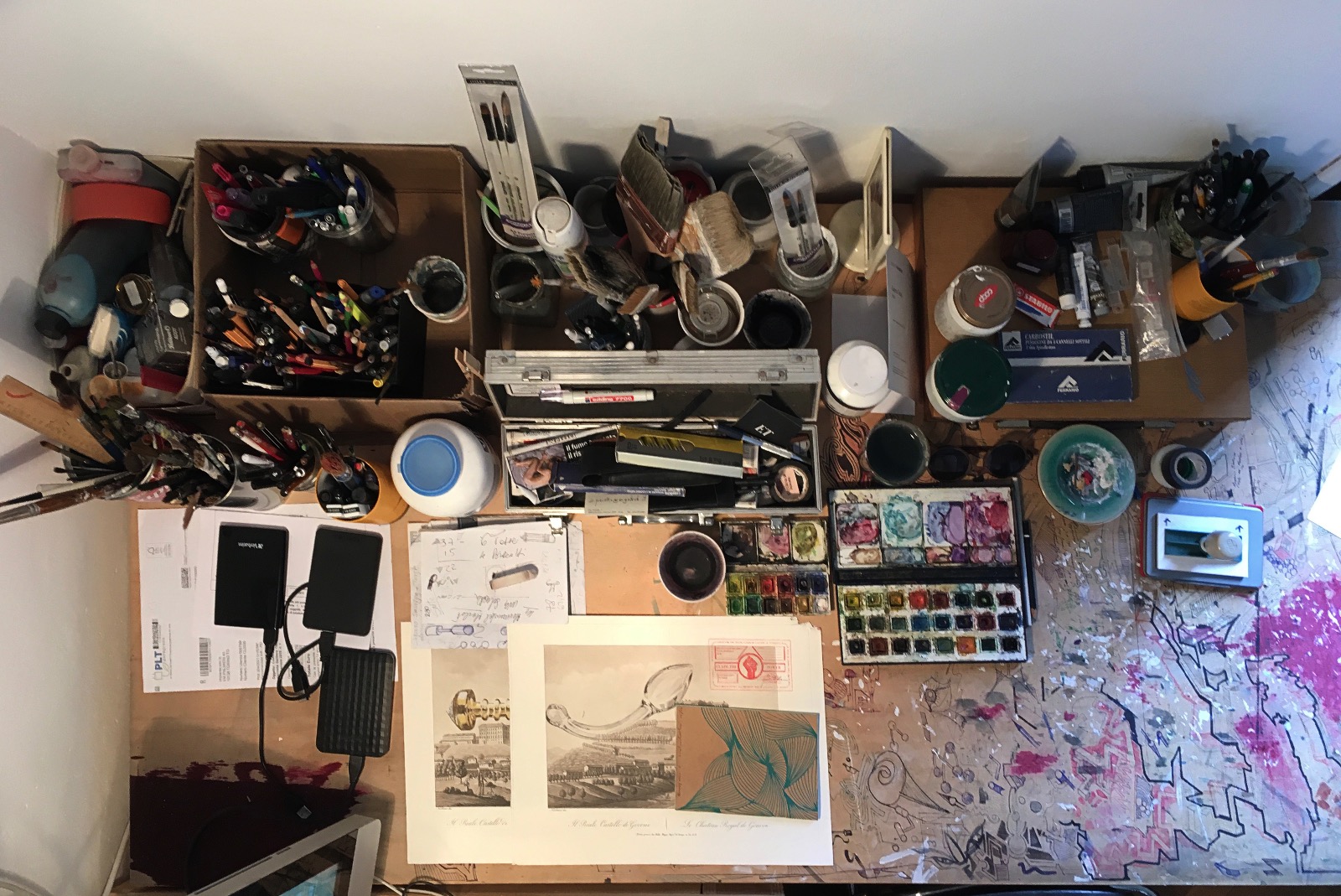
Your artistic practice is mainly focused on the ways we use and share public space, and your art has a strong relationship with sociality and how people live in a territory. How has the pandemic, the lockdown and social distancing affected your research and vision of the world?
As of today, I am still not able to define exactly how much this period affects and will affect my future research. What I can say, however, is that I have been deeply involved in living this time with phases that are sometimes very difficult and complex. I had to completely reshape my work process, which before the pandemic was fundamentally based on travel and the study of urban and non-urban territories, providing a real condition of experiencing the object of the story firsthand, as for the project on Licola Mare in which I lived for a year in the place that was the subject of the research.
This process was not aimed at getting closer to reality, but rather at gaining direct knowledge of the dynamics in order to be able to define the gap, the artifice. The relationship between time and space is the topic I have thought about the most during the pandemic. My provincial origins and practical attitude have made me a pragmatic person, in which time is understood as a precious tool to be managed with care, never to be wasted, and, at the best of times, the illusion that one can dominate it. The concept of space, on the other hand, is a construction that I owe to my work. My many travels and nomadic nature have given me a reading of space as a possibility, and therefore being able to explore and experience it is a fortune for me. As I no longer had my main references, I had to draw a new map on which to orient myself and anchor a suspended time.
ANTHROPOGENIC BRIDGE PROJECT, ADDIS ABEBA, 2020
“Anthropogenic Connection” is the last project you developed for the Zoma Museum in collaboration with Istituto Italiano di Cultura of Addis Ababa, Ethiopia. You built a bridge that was accessible on one side via a staircase, and on the other via a slide. Here you combine performance with social aspects, bringing the two sides together. What other projects have you realised or conceived during a difficult year like 2020?
“Anthropogenic Connection” was the entryway into the pandemic. I was not able to go to Addis Ababa and I finished the installation remotely with the help of technology. For me, 2020 will be the year of the projects, and I have worked a lot. For 90% of them, it was purely a muscular exercise, similar to that done in prison gyms. A sort of maintenance. But after this phase, which was dictated by the fear of disappearing and the inability to admit that it would not be a short-term condition, I began to imagine differently. Now I think I have thought of something that will be worth working on and on which it will be possible to discuss, to justify. It will be a more intimate work that is done, as always, through the tracks: a new look at the concept of the margin, understood as a mental condition more than a physical one. A condition capable of triggering an alternative semantic process to the real, with aesthetic codes different from those I have used so far. At the moment I would describe it as a wound, a gash over which to peer into the chasm inside each of us that we have had to face during the past year.


































